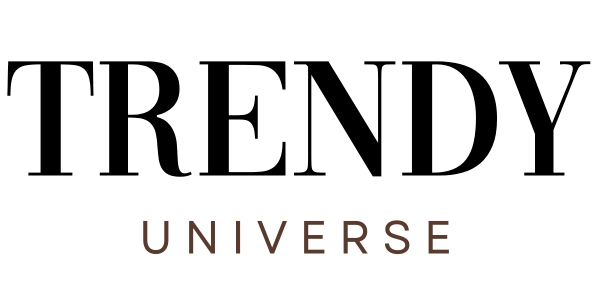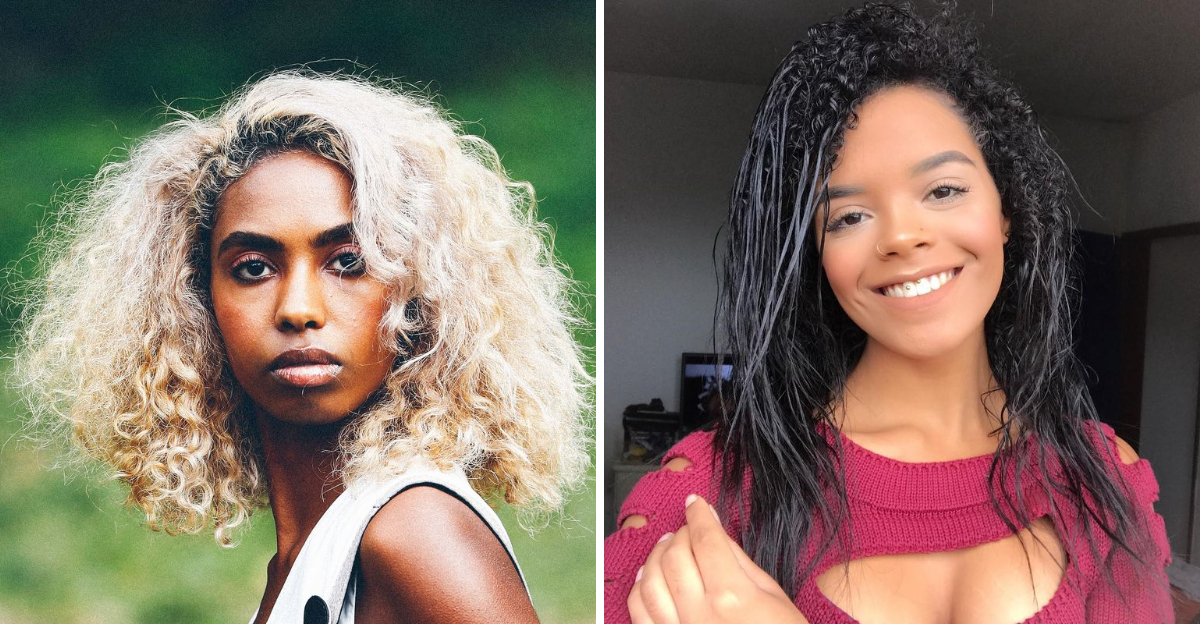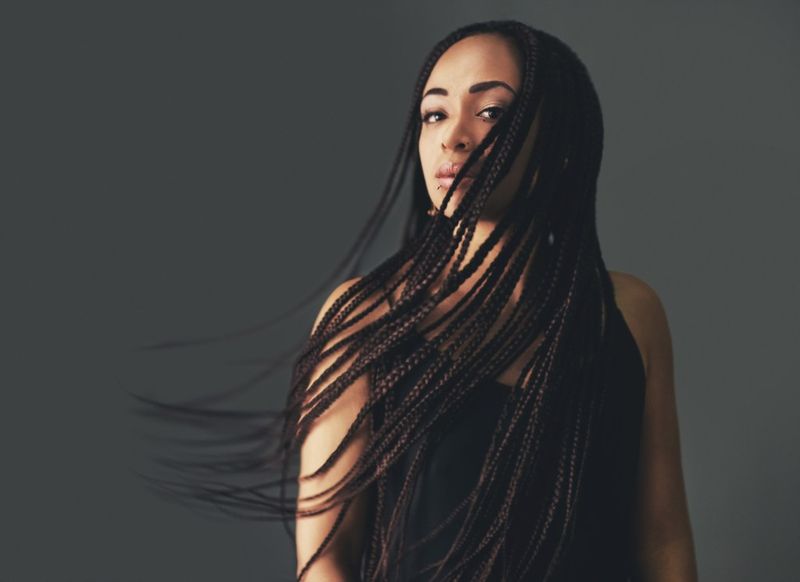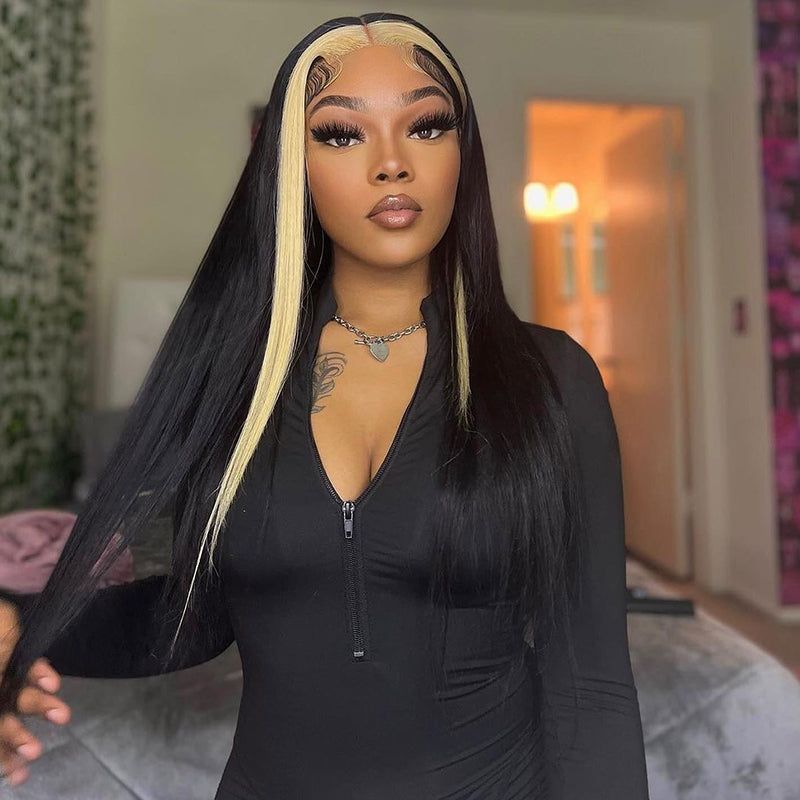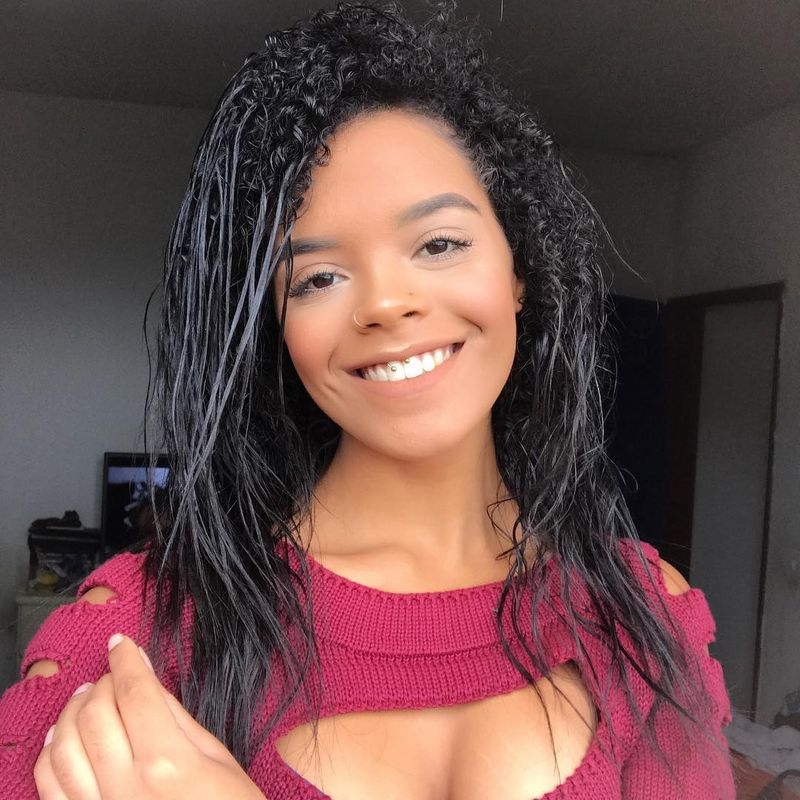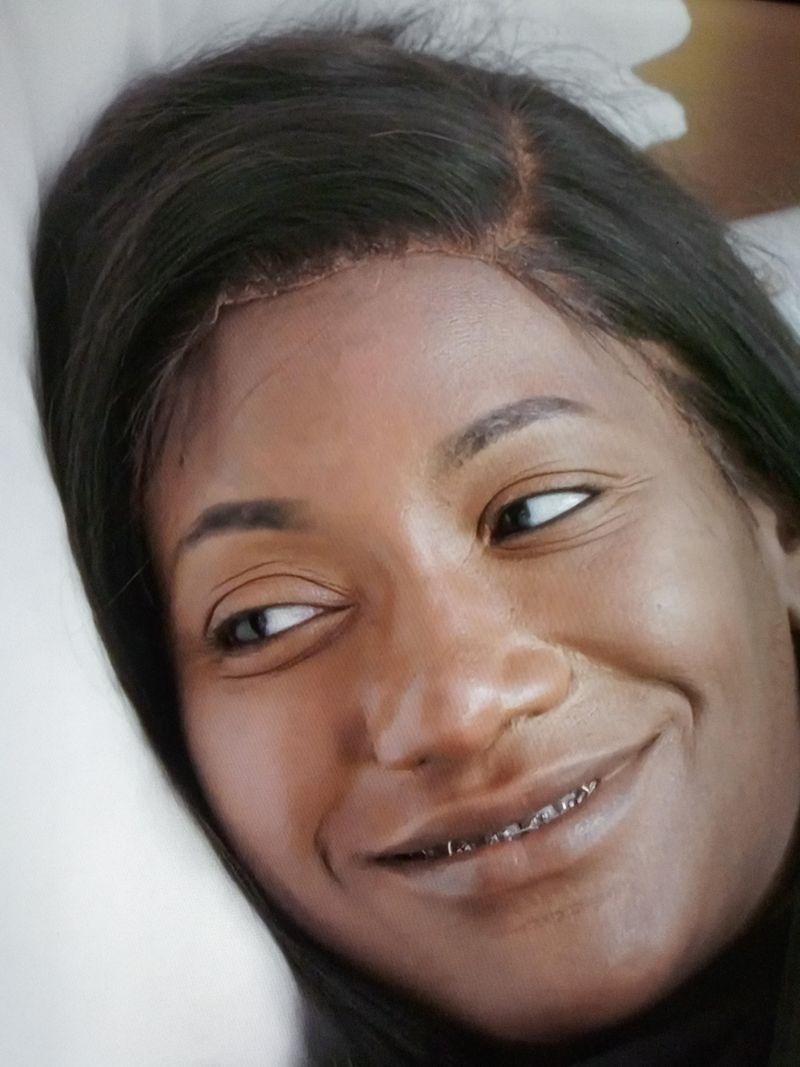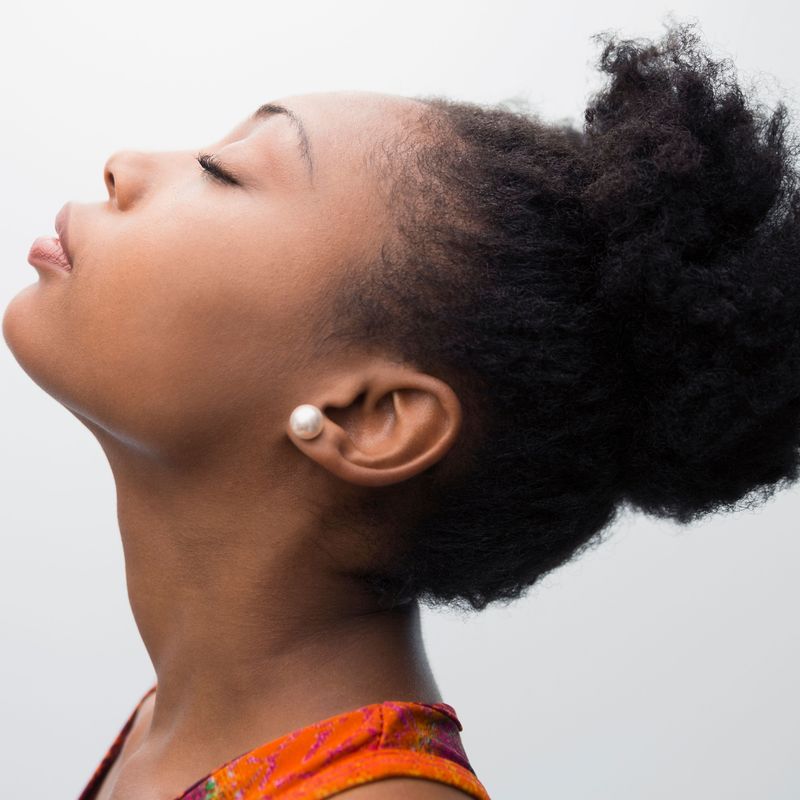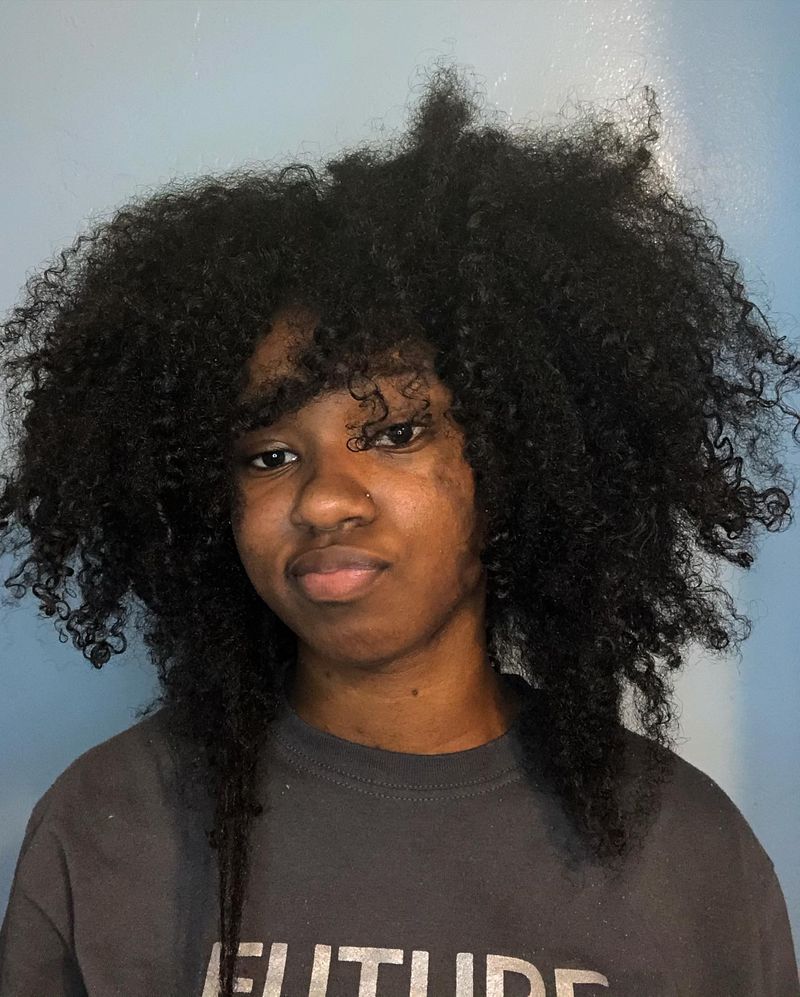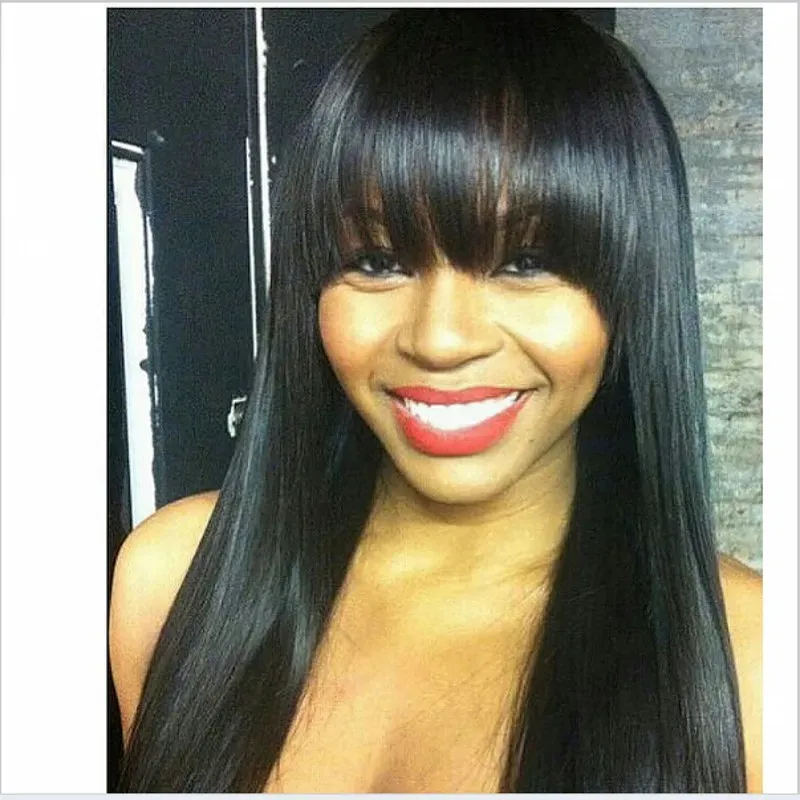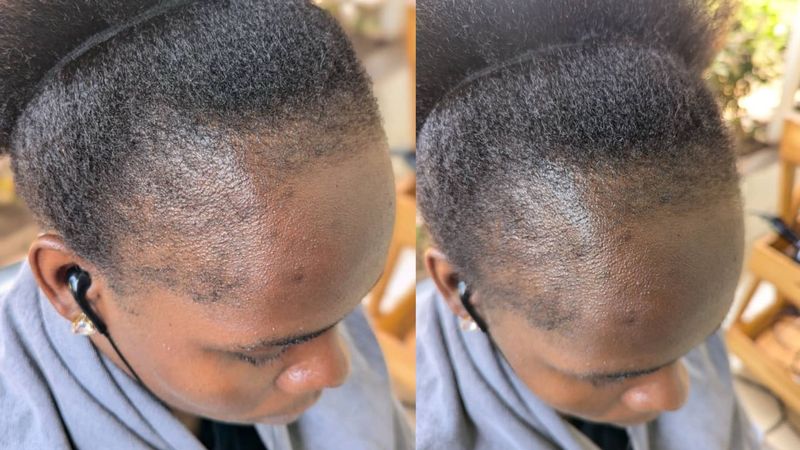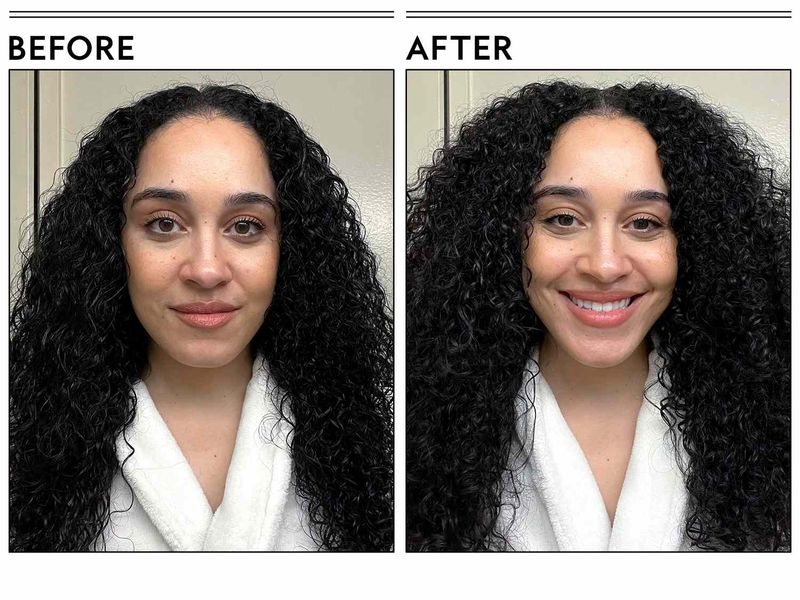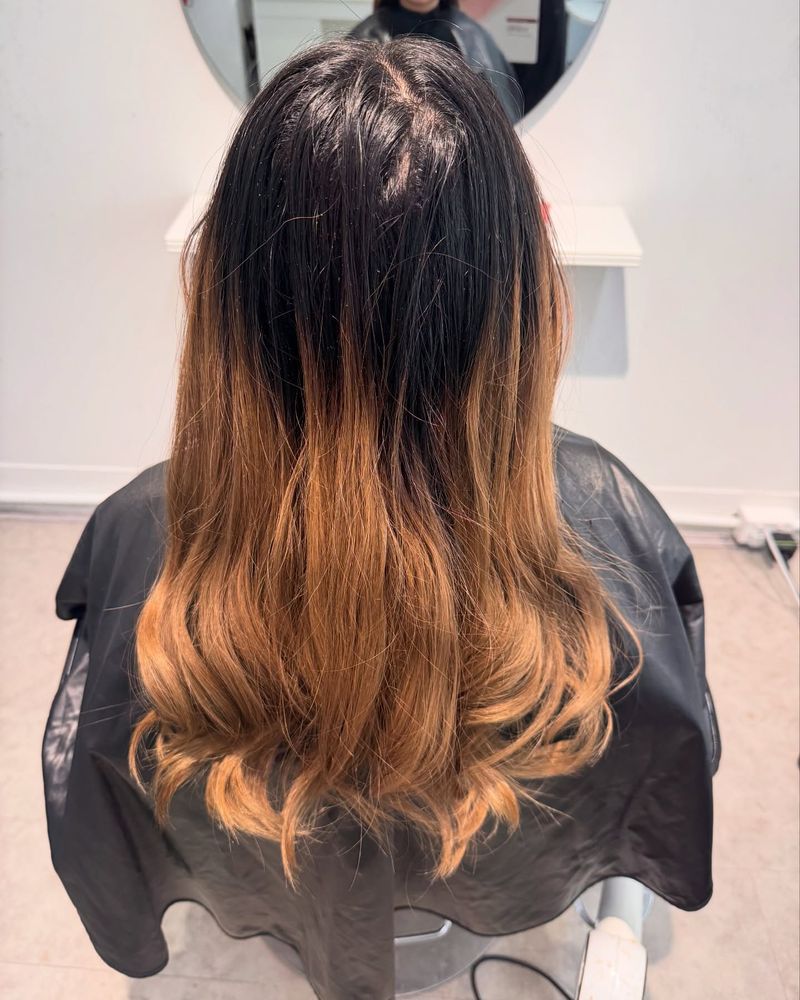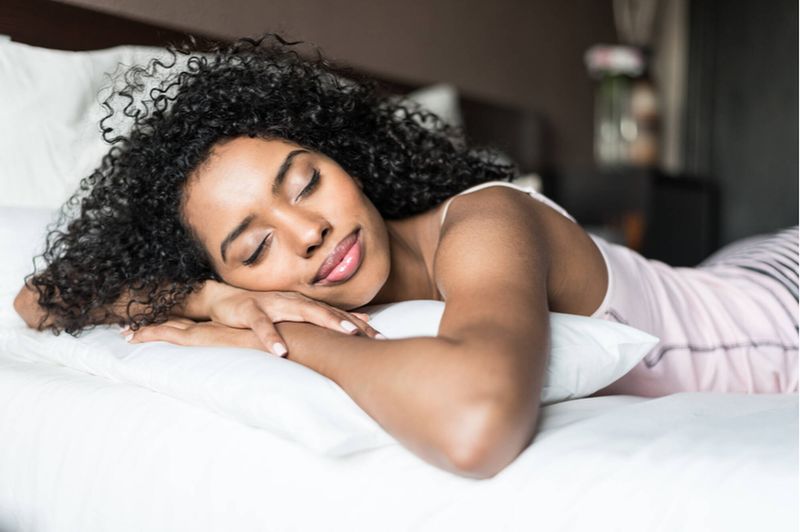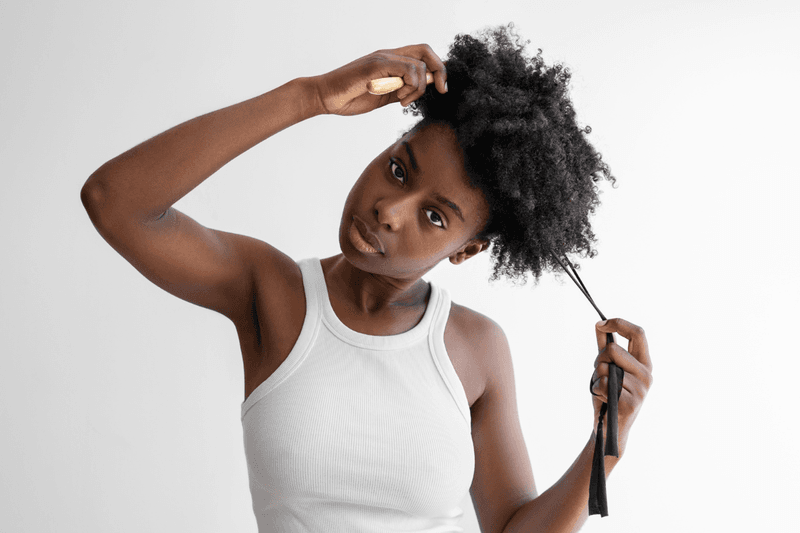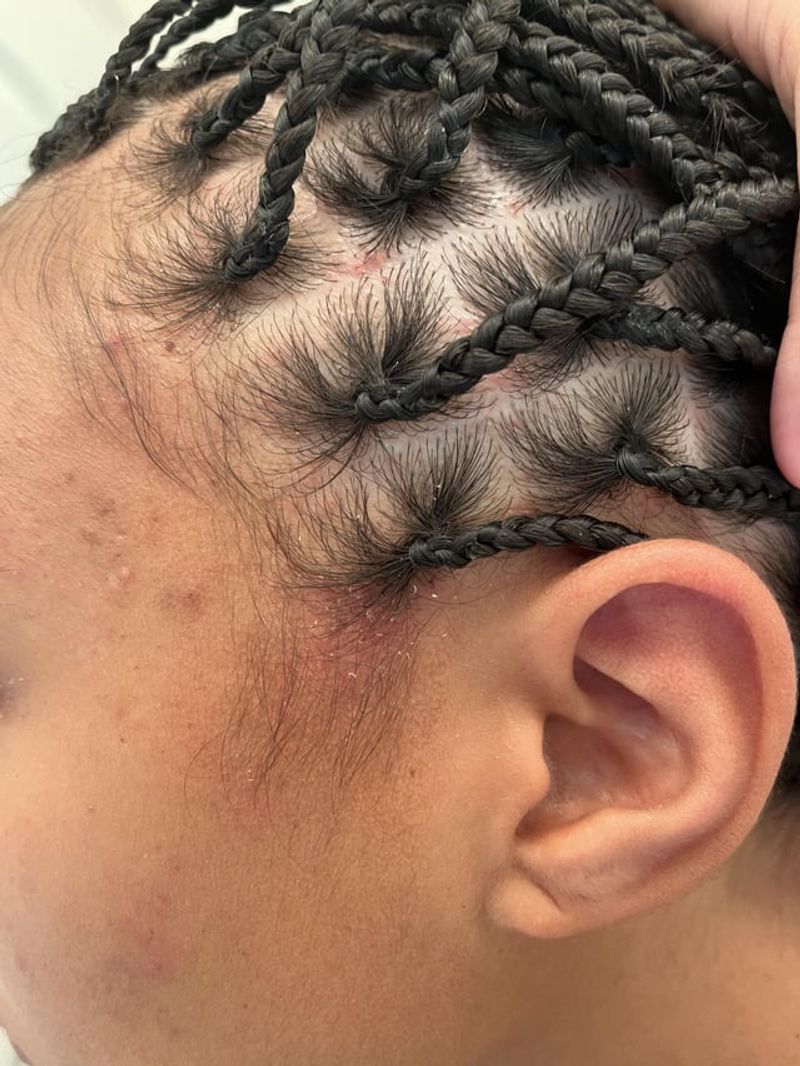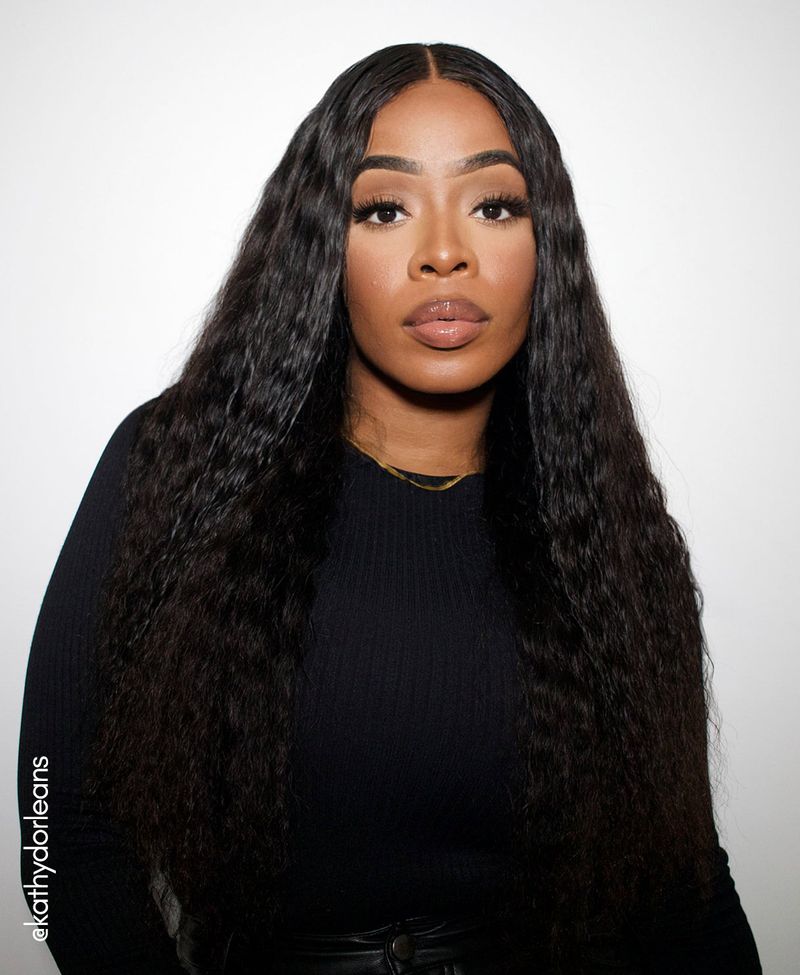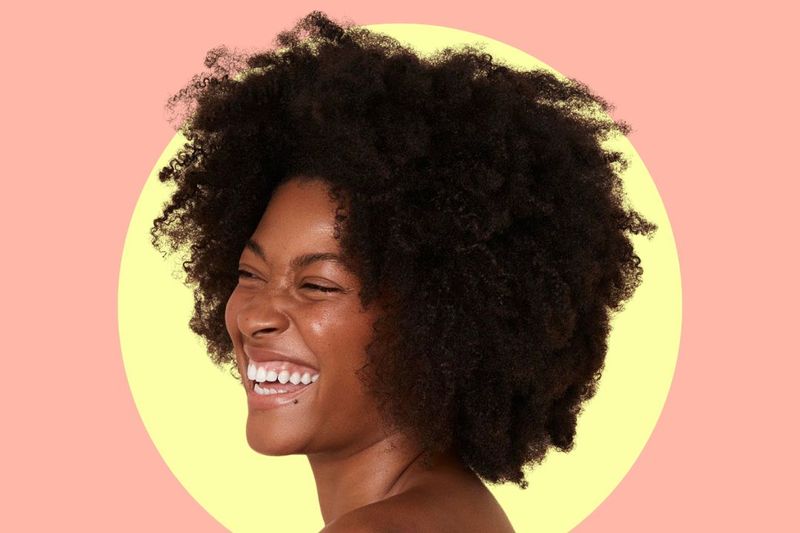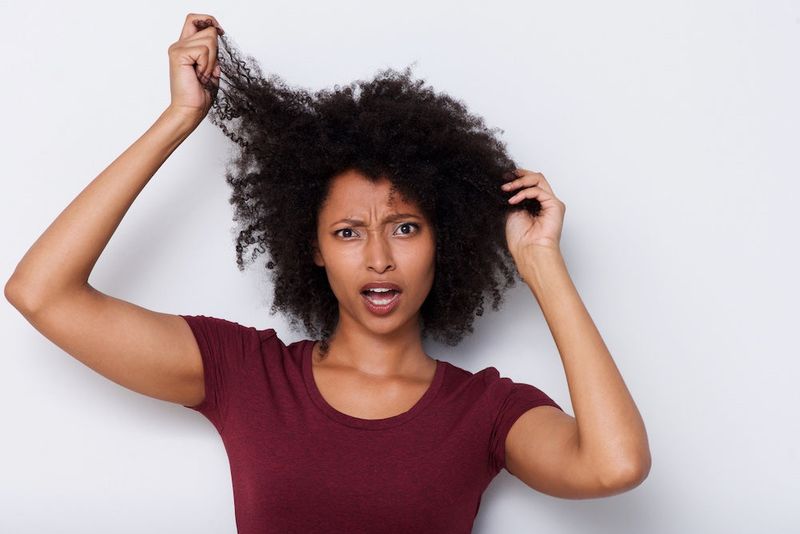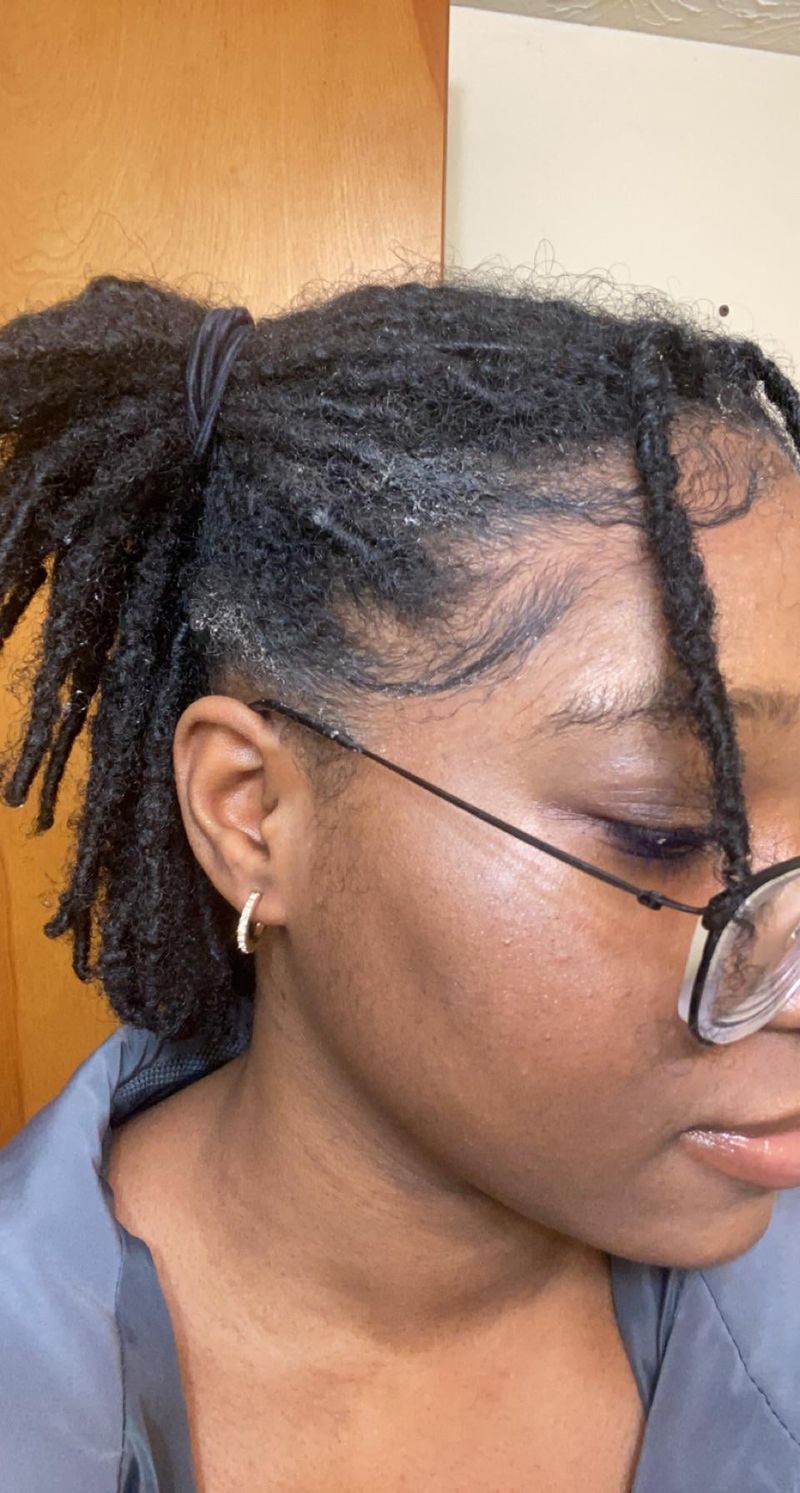Hair has always been more than just strands growing from our scalps—it’s tied to identity, culture, and professional perception. As we navigate 2025, certain hairstyles continue to create unfair barriers for Black women in workplaces and social settings. Let’s explore which styles might be limiting your opportunities and the mistakes that compound these challenges.
1. Ultra-Long Box Braids
Waist-length box braids might look stunning, but they’re becoming a corporate liability in 2025. Many workplaces now cite ‘safety concerns’ with extremely long styles.
The weight can also cause tension headaches and traction alopecia along your hairline, damaging your natural hair over time.
2. Outdated Pin-Straight Weaves
The bone-straight, obviously synthetic weave screams ‘stuck in the past.’ Modern workplaces value authentic self-presentation, and these dated styles signal resistance to change.
These weaves often create an unnatural hair part that doesn’t blend with your natural hairline, making the style look obviously artificial.
3. Neglected Grown-Out Relaxers
Half-relaxed, half-natural hair creates a disjointed appearance that reads as careless rather than intentional. The dramatic texture difference between roots and ends signals indecision.
This awkward transition phase damages your hair further as the demarcation line becomes a breaking point for fragile strands.
4. Massive Unsecured Wigs
Poorly fitted wigs that shift and slide throughout the day create anxiety instead of confidence. Nothing undermines authority faster than constantly adjusting a slipping hairpiece during presentations.
Many companies now specifically mention ‘secure hairstyles’ in their dress codes, targeting these potential distractions.
5. Severely Damaged Bleached Ends
Fried, over-processed blonde ends signal poor self-care habits to potential employers and clients. The straw-like texture and breakage create a perpetually messy appearance even in structured styles.
Studies show hair damage is subconsciously associated with disorganization in professional contexts.
6. Excessive Edge Control Buildup
The white, flaky residue from days-old edge control creates an unkempt appearance. In high-definition video calls—now standard in 2025—this buildup is more visible than ever.
Heavy product accumulation also clogs hair follicles, potentially causing hairline recession where your edges once flourished.
7. Inconsistent Protective Style Maintenance
Frizzy, unraveling braids and twists with fuzzy roots send the wrong message in professional settings. Three weeks post-installation is the sweet spot—anything beyond looks neglected rather than protective.
Employers increasingly cite ‘grooming standards’ that specifically target styles past their prime.
8. Helmet-Like Wig Cap Silhouettes
The unnaturally round, helmet-shaped wig caps scream ‘fake hair’ and create a dated appearance. Modern professional environments value natural-looking hairstyles, even when they’re not your actual hair.
These rigid caps also restrict scalp breathing, potentially causing moisture buildup and bacterial growth underneath.
9. Extremely Tight Sleek Ponytails
The severe, pulled-back ponytail that causes headaches is causing more than physical pain. This style is increasingly associated with conformity rather than confidence in creative industries.
Constant tension leads to permanent hairline recession, with many women reporting irreversible traction alopecia from years of tight styling.
10. Skipping Deep Conditioning Treatments
Chronically dry, brittle hair creates a dull, lifeless appearance that affects your overall professional image. Regular deep conditioning isn’t just about hair health—it’s about maintaining vibrant presentation.
The contrast between well-moisturized and neglected hair is immediately noticeable in workplace lighting.
11. Mismatched Hair Color Applications
That box dye applied without professional help often creates uneven color distribution. The patchy results signal carelessness that clients and colleagues unconsciously associate with your work quality.
Inconsistent color application also highlights damage, making your hair look more processed than it actually is.
12. Neglecting Nighttime Protection Routines
Sleeping without a satin bonnet or pillowcase creates frizz and breakage that accumulates over time. This daily friction damage results in chronically rough-looking hair that appears unprofessional.
The constant repair cycle keeps your hair from reaching its full potential and vibrancy.
13. Overusing Protein Treatments
Too much protein makes hair brittle and prone to snapping—the opposite of the strength you’re trying to build! This protein overload creates stiff, straw-like strands that lack movement and appear lifeless.
The resulting breakage creates uneven lengths that look unprofessional even in structured styles.
14. Improper Protective Style Installation
Braids and twists installed too tightly cause bumps, redness, and sometimes even infection along your hairline. These visible signs of discomfort create a distracted appearance in professional settings.
The resulting inflammation can cause permanent follicle damage, leading to bald patches over time.
15. Inconsistent Hair Density in Extensions
Extensions that are too thick at the ends but thin at the roots create an unnatural Christmas tree effect. This telltale sign of poorly blended extensions immediately reads as artificial in professional environments.
The weight distribution also causes breakage where your natural hair supports the heaviest sections.
16. Stretching Wash Day Beyond Recognition
Product buildup from weeks of dry shampoo and styling products creates a dull, heavy appearance. That slightly greasy sheen is much more noticeable in office lighting than you realize.
The resulting scalp issues can lead to flaking that’s visible on dark clothing during important meetings.
17. Unbalanced Moisture-Protein Ratios
Hair that’s either too mushy from moisture overload or too brittle from protein excess lacks the resilient bounce associated with health. This imbalance creates styles that fall flat or break apart throughout the workday.
The resulting unpredictability makes maintaining a consistent professional appearance challenging.
18. Mixing Too Many Product Lines
Using conditioner from one line, leave-in from another, and styling products from a third creates unpredictable chemical reactions. These product conflicts often result in white flaking or residue that becomes visible throughout the day.
The ingredient clashing also reduces each product’s effectiveness, wasting your investment.
